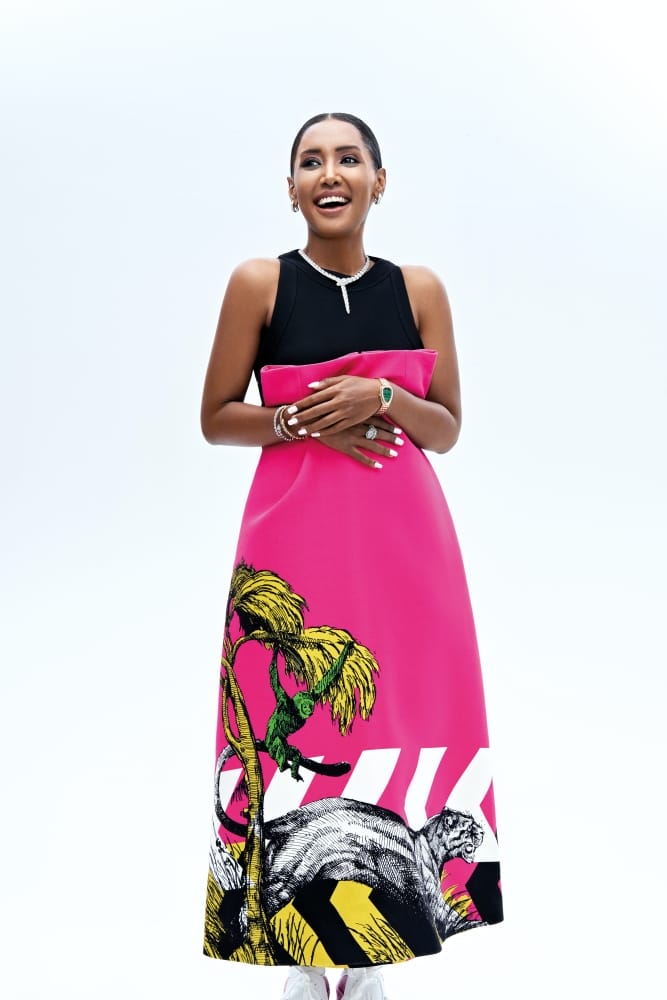Half-Malay, half-Sudanese model Iman Mohamed Osman has a conversation with BAZAAR about the painful trauma of colourism she experienced since childhood and the long journey it took to reach self-acceptance.
PHOTOGRAPHED BY EDMUND LEE STYLING AND CONCEPT BY AI LIM
TEXT BY ABDUL AZIZ DRAIM





